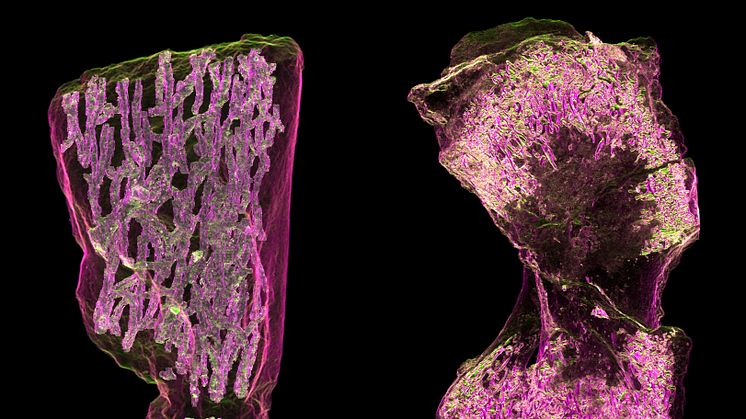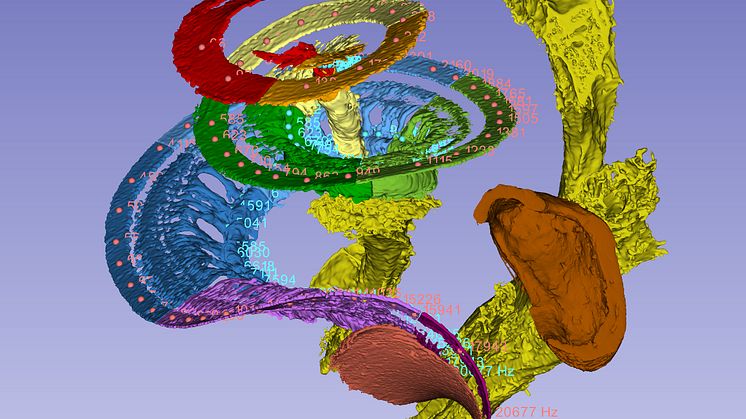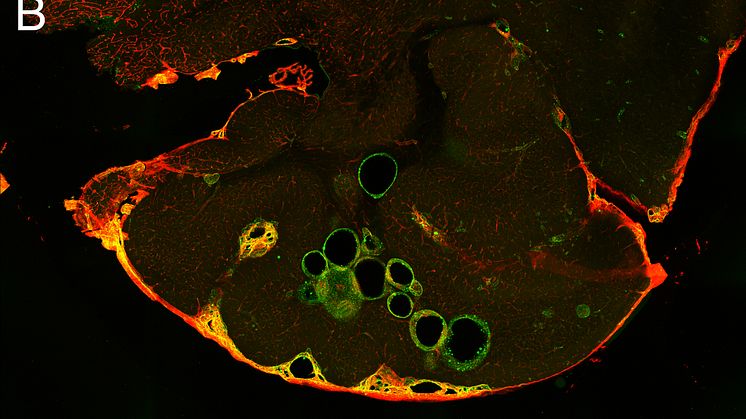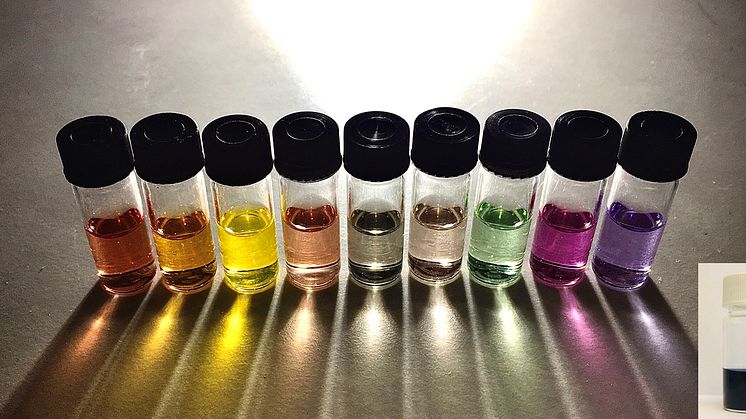Dried blood spots – simple and efficient sample collection for analyses of protein biomarkers
Recent results from Uppsala University and Karolinska Institutet demonstrate that self-collected blood in the form of dried blood spots works well in analyses of protein biomarkers for cardiovascular disease. Using these types of samples would mean simpler and efficient blood collection that could be done by the individuals themselves.




